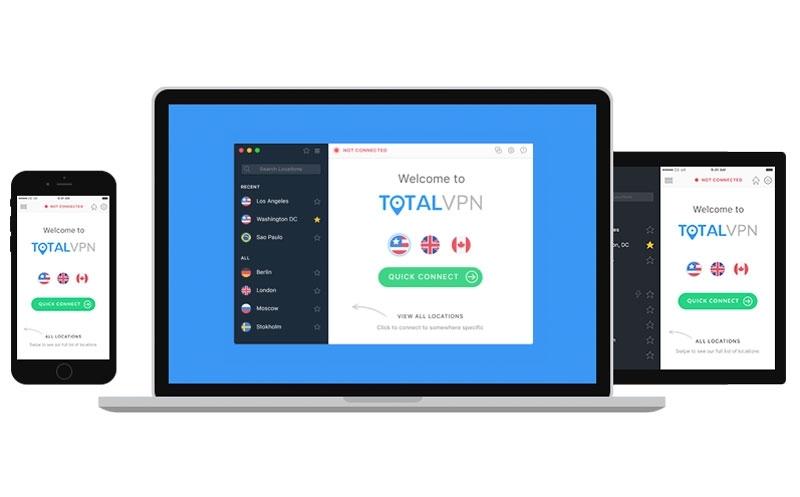

Typically, VPN tunnels transmit work-related traffic. In the client, this is configured on Sites > Properties > Settings. This is also known as an always-connect mode.Ĭonfigured on endpoint client - Connection procedure is set by each Endpoint Security VPN client. Users select a site and authenticate each time it is necessary to connect.Īlways connected - Endpoint Security VPN automatically opens a connection to the last connected gateway.
#Global vpn client for mac manual#
Manual - VPN connections are not initiated automatically. In Global Properties, select Connectivity Settings > Remote Access > Endpoint Connect, configure how clients connect to the gateway. Re-authenticate - Authentication timeout in minutes (default = 480), after which users must re-authenticate the current connection.Ĭaching and OneCheck User Settings - In SmartEndpoint -managed clients, if you have OneCheck User Settings enabled, see the OneCheck User Settings in the Endpoint Security Administration Guide. The cache is useful for re-authentications and automatic connections triggered by the Always-Connect feature. Note -For security reasons, the cache is cleared when the user explicitly disconnects, even if the cache period has not ended. Yes - Retains the user password in a cache for a specified period.Ĭache password for - Password retention period in minutes (default = 1440), if password caching is enabled. No - (default) Requires users to enter a password when they connect. In Global Properties, go to Authentication Settings > Remote Access > Endpoint Connect, you can enable a password cache and configure timeouts for password retention and re-authentication.

In SmartConsole, open Policy > Global Properties. To configure Endpoint Security VPN features in Global Properties: Many Endpoint Security VPN properties are centrally managed on the server, rather than for each gateway or each client. Global Properties for Endpoint Security VPN Gateways


 0 kommentar(er)
0 kommentar(er)
